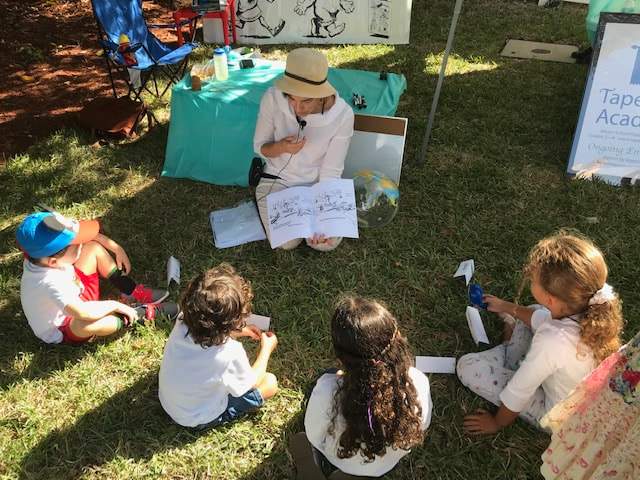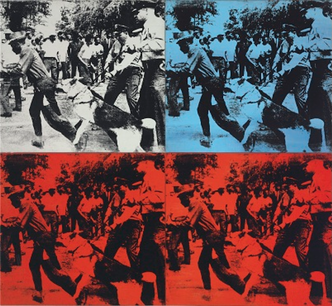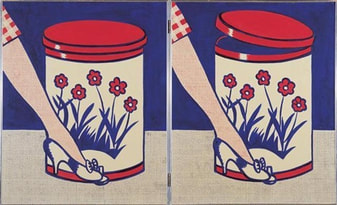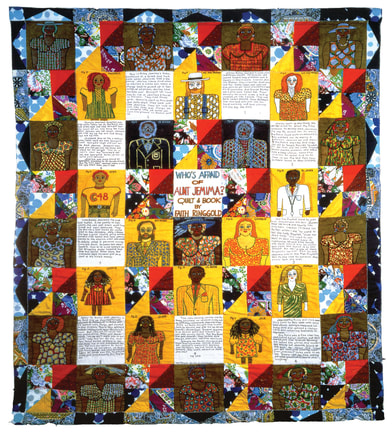We rely on generous donations to support our Dialogue Facilitators who teach in the community.

Help us with our philosophical outreach
$18.00 - $1,800.00
A generous donation ($18 amounts) supports our programs.
Wisdom's Edge gives free philosophy classes or inquiry sessions to communities that cannot afford to pay or for communities that do not have a regular work schedule that would support attending classes at the community college or university.
At the philosopher-king level, donors will get a special session with art historian Carol Salus or a personalized p4c session with Dr. Sophia Stone, and will be invited to sit at our Board meetings twice a year to help direct Wisdom's Edge Foundation.
Philosopher-King level DONATION OPPORTUNITIES:
DIALOGUE WITH ART HISTORIAN CAROL SALUS
When you give at the philosopher-king level, you may host your very own Dialogue event with Art Historian Carol Salus. Invite as many or as few of your family and friends to attend an online and intimate presentation and discussion from an expert on popular contemporary artists! You also get a non-voting seat at Wisdom's Edge Foundation's board meetings for the year where you can contribute to the direction and growth of the organization.
About Dr. Salus
Carol Salus was professor of art history at Kent State University for thirty years. Among her publications are Picasso’s Vision of Celestina: The Artist and the Procuress, Juan de la Cuesta, Hispanic Monographs Series, Newark, Delaware. She co-edited Out of Context: American Artists Abroad. Greenwood Publishing Group, Inc., Westport, Ct. She has published nineteen articles in scholarly journals. She has spoken at numerous conferences including in Israel and Germany. She was an invited speaker at the Association for Psychoanalytic Thought, Cincinnati, twice at the Cleveland Psychoanalytic Society, and twice at Creativity and Madness Conference, American Institute of Medical Education, Santa Fe. Carol was twice a selected participant at faculty seminars, Center for Advanced Holocaust Studies, United States Holocaust Memorial Museum. She graduated from Carnegie-Mellon University (BA), Syracuse University (MS), University of Cincinnati (MA), and The Ohio State University (PhD).
About Dr. Salus
Carol Salus was professor of art history at Kent State University for thirty years. Among her publications are Picasso’s Vision of Celestina: The Artist and the Procuress, Juan de la Cuesta, Hispanic Monographs Series, Newark, Delaware. She co-edited Out of Context: American Artists Abroad. Greenwood Publishing Group, Inc., Westport, Ct. She has published nineteen articles in scholarly journals. She has spoken at numerous conferences including in Israel and Germany. She was an invited speaker at the Association for Psychoanalytic Thought, Cincinnati, twice at the Cleveland Psychoanalytic Society, and twice at Creativity and Madness Conference, American Institute of Medical Education, Santa Fe. Carol was twice a selected participant at faculty seminars, Center for Advanced Holocaust Studies, United States Holocaust Memorial Museum. She graduated from Carnegie-Mellon University (BA), Syracuse University (MS), University of Cincinnati (MA), and The Ohio State University (PhD).
SESSIONS AVAILABLE:
Mary Cassatt, Extraordinary Impressionist Painter: Her Roots and Her InterestS
|
How do education and travel influence art? From an early age, Mary Cassatt aspired to become a professional artist —an endeavor primarily reserved for men in mid-nineteenth century America. Though Mary grew up in an affluent family that valued education, they were not particularly fond of her decision to study at the Pennsylvania Academy of Fine Arts before traveling to Europe. Her father, a successful stockbroker, objected to her chosen vocation for most of her life. Yet Mary’s unapologetic search for the kind of education offered only to men prompted her travels to various European cities. These proved central to her growth and perspective as an artist. Her images of women in cultural and intellectual activities show them as independent and powerful beings; reflecting, in some ways, Mary’s own journey. Join us to discuss her success in the Impressionist shows and explore her little-known early works in Spain, in which flirtatious scenes between the sexes appear!
|
Miriam Schapiro, Leader of Feminist Art: Her Accomplishments and Her Jewish Identity
|
Fine art or craft? In the mid-1970s, artist and educator Miriam Schapiro coined the term ‘femmage’, or feminist collage, to describe the collaging of materials such as rickrack, embroidery, handkerchiefs, lace and other textiles, which were previously considered outside the realm of serious artmaking. Mimi created femmages relating to her Jewish heritage that continue to be celebrated today for blurring the lines between fine art and craft whilst simultaneously challenging the exclusion of “women's techniques” from the world of visual arts. Mimi’s promotion of the importance of women in art led to her unofficial recognition as the Johnny Appleseed of the field; she lectured around the nation to university art classes, women’s clubs, and basements of churches where women gathered to see her slides of art by women. In this session, we will see some of Mimi’s works created with paint and fabric, focused on figures such as Sonia Delaunay and Anne Frank. Other works of hers we will discuss are centered on Mary Cassatt, Frida Kahlo, and the great black contralto Marian Anderson. Join us!
|
Andy Warhol: His Art and His Search for Beauty and Fame
|
What makes art original? Andy Warhol painted with what he called an “assembly-line technique” using silkscreen, which eliminated the appearance of the artist’s trained hand. With this, Warhol mocked the sacred notion of the ‘unique work of art’. Similarly, his “100 Marilyns” and several other celebrity icons undermined the individual preciousness of artwork. On another occasion, Warhol borrowed images of racism in the South as police dogs jumped on blacks trying to register to vote and created multiple images on one canvas. He intended to question whether emotions are numbed by repetition of a horrific scene. Warhol’s work embodies a critique of originality through the employment of repetition. Ironically, though, it was using these very techniques that he sought beauty and fame. Join us to discuss these and more of Warhol’s ingenious ideas!
|
Roy Lichtenstein: A Look at His Pop Works and His Jewish Identity
|
Do humor and art intersect? The Pop works of American artist Roy Lichtenstein recreated a whole new look for what defined painting in the 1960s. His sense of humor, his ordered approach to painting, and his appropriations of modern masters are some of the renowned qualities of Lichtenstein’s work. In this session we will explore how he redefined the concept of painting. We will discuss his recasting of the large brushstrokes of the Abstract Expressionists as well as his canvases and sculptures inspired by Monet, Van Gogh, and Picasso. The presentation will end with his works in Israel and their relation to his Jewish identity. Dr. Salus actually knew Roy Lichtenstein, and he painted her portrait! If you want in on Dr. Salus' biographical insights on Lichtenstein, join our dialogue!
|
Faith Ringgold: A Black Artist Who Addresses Social Issues for Change
|
How is art political? Faith Ringgold, who turned 91 years old, was one of the first to protest racism and sexism in the American art world. Her art is explicitly political. In paintings and sculptures she shows the condition of black and white America and the paradoxes of integration felt by many blacks. Her quilts, which follow the African-American tradition of storytelling and quilting, provide strong voices for future generations. For example, “Who’s Afraid of Aunt Jemima” with its hand-written text and painted images, shows Jemima as a successful businesswoman. The tone of Ringgold’s work shows the importance she places on development of change through beautiful pieces. Learn more about Faith Ringgold and how her art is political with us!
|







